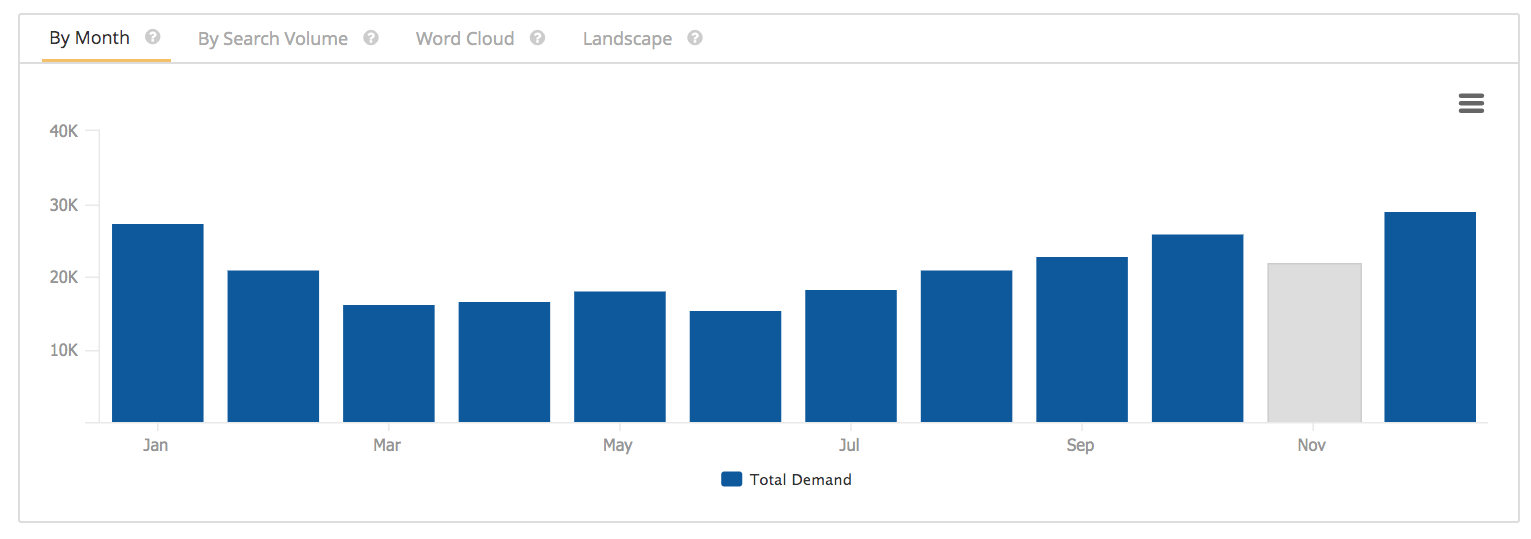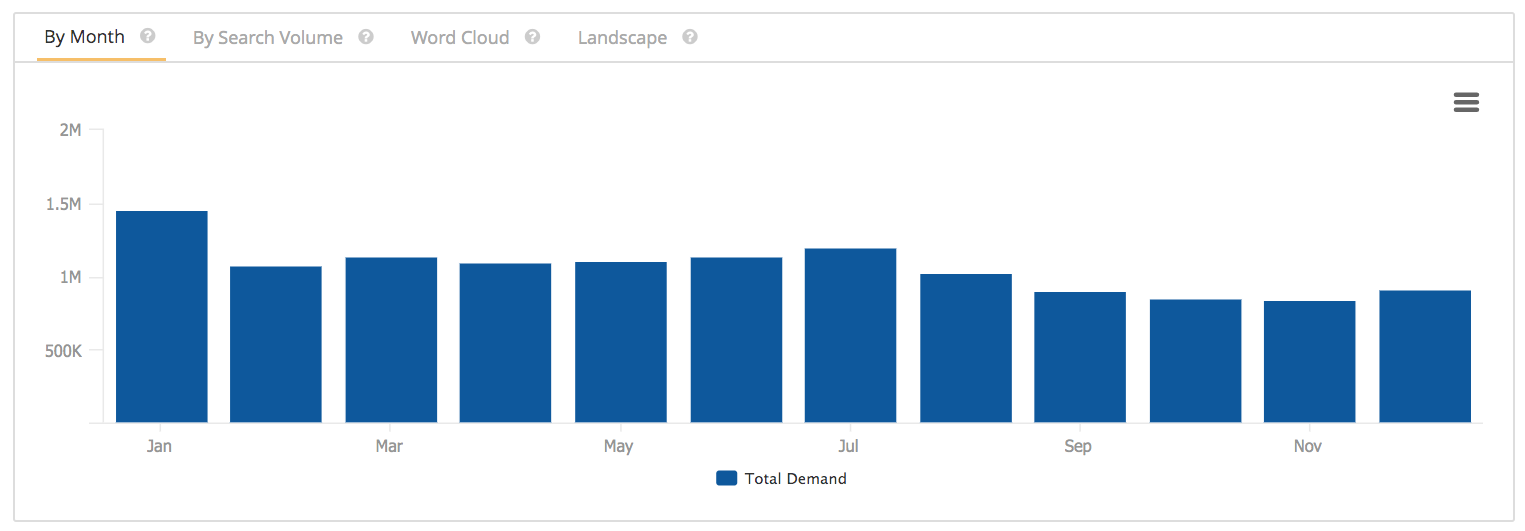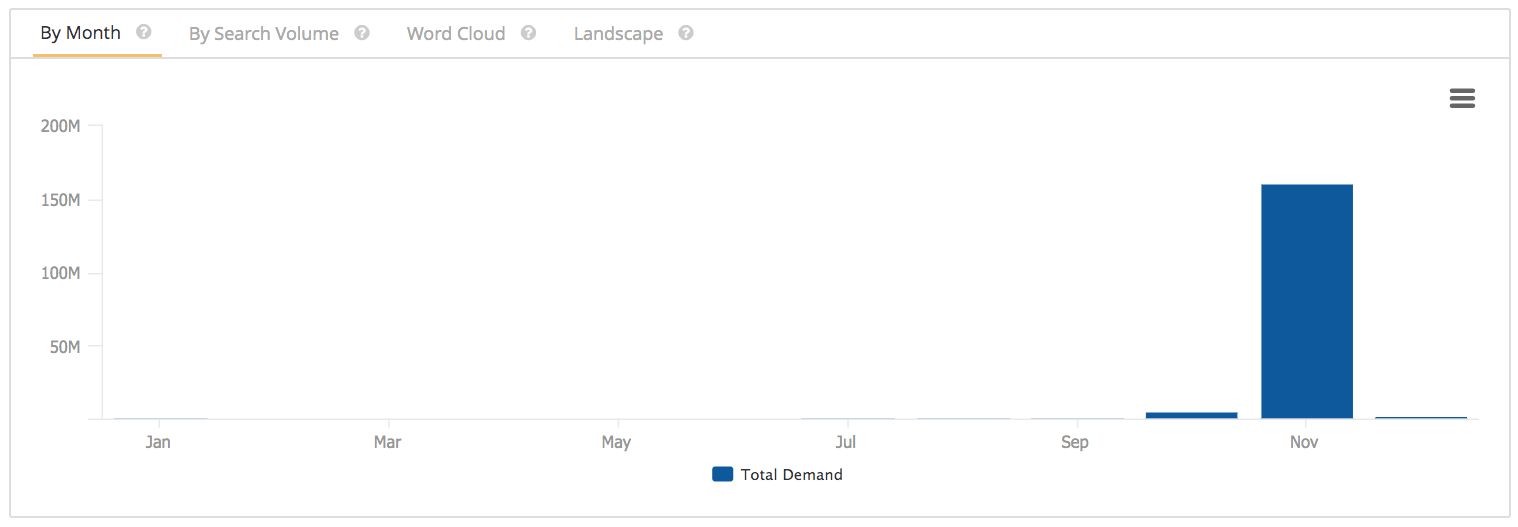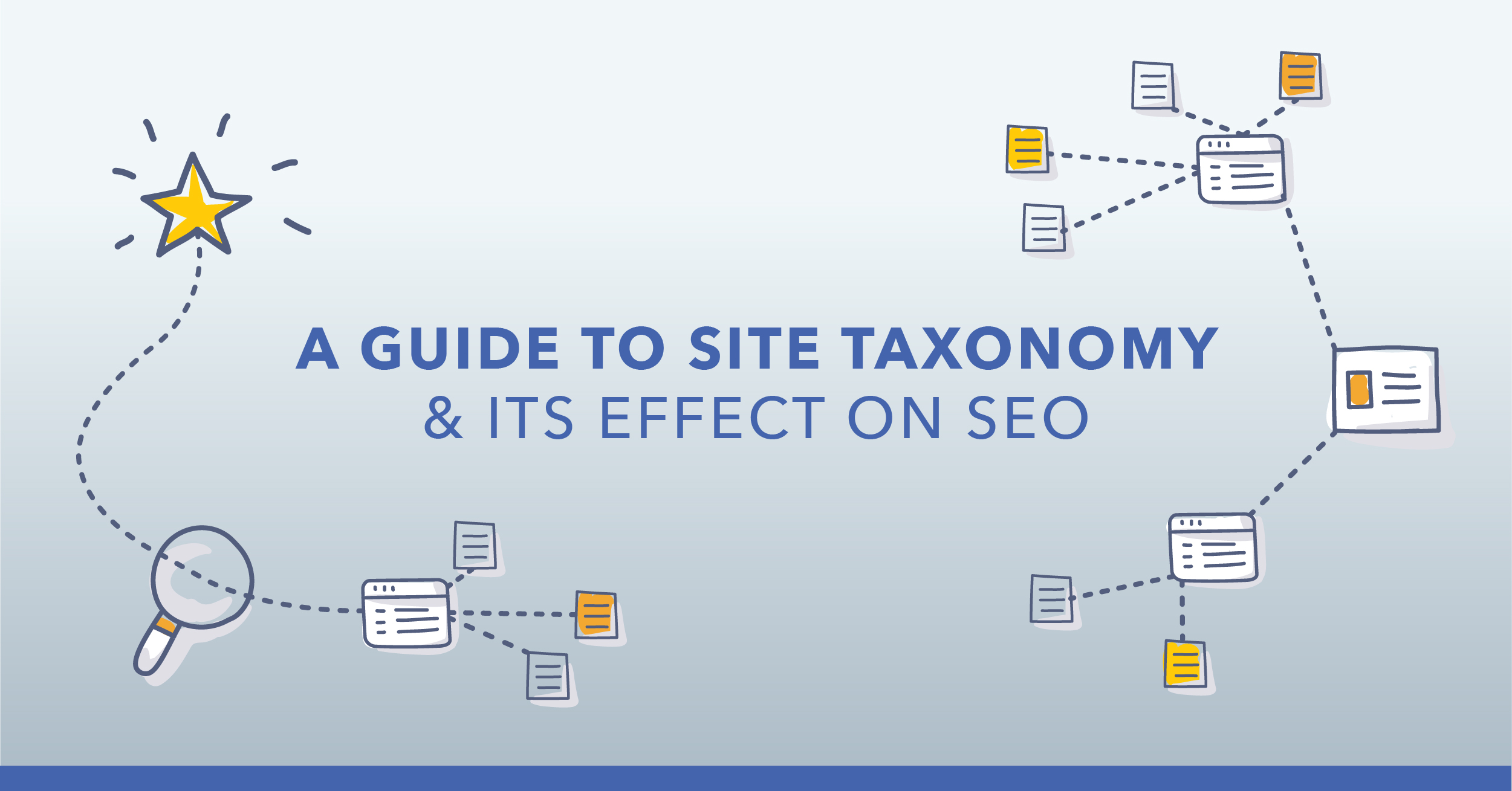Keyword research is the undeniable foundation of search engine optimization and creating content.
There is no better way to build search visibility than by first discovering how your target audience is looking for relevant information about your product.
Unfortunately, doing so — researching keywords — is no longer a straightforward process. Today, to find new opportunities, you must go beyond assessing the basic metrics like search volume or competitive density, for example.
You must also evaluate why someone decides to look for information in the first place. You must consider what information they expect to find, or how their interests might change over time.
And that’s barely scratching the surface of how keyword research has evolved.
To provide clarity on the subject, I’ve outlined five techniques you probably haven't considered yet that will help you improve your keyword research process and find new opportunities to build up your search visibility.
Recommended Reading: Keyword Research Strategy: 5 Step Framework to Understand Your Market
Technique #1: Examine User Intent When Researching AND Planning
User intent is a relatively new concept in SEO and keyword research optimization, and as I’ve discovered over and over again, considering the intent behind your search terms magnifies the potential return from any SEO campaign.
The term user intent relates to the reasons why a person conducts a search in the first place. Although we could argue that everyone has their own reason for conducting the search, there are similarities.
For many searchers, the goal is to find an answer to a particular question or to ask advice. Others want to find the best place to buy whatever it is they wish. Some people search for a specific website they want to access, and many of us use the search engine to discover a local business or place to visit.
Search intent affects the type of information we expect to find in the search results. When looking for advice, users want practical information that offers exactly that. An informational intent can be addressed with a blog post, for example. When looking for something they want to buy, they want commercial pages. Seeking the best place to grab a bite to eat near your office? A searcher expects a local result.
All search queries have different intents, depending on what the person using them is expecting to find. Therefore, Google shows only pages that match that intent in the SERP.
For you, the SEO, the above means that, unless you understand the intent behind the keywords and match your page to it, you stand almost no chance at having high search visibility and traffic from the results page.
As a result, grouping keywords based on the user intent must absolutely become part of your keyword research process.
Recommended Reading: User Intent Uncovered: What You Need to Know to Scale
Technique #2: Uncover Topics Before Researching Keywords
Here’s another major and relatively recent change in SEO: topic clusters.
Today, researching keywords must start with identifying topics, that is, the general concept of the search, before doing anything else.
Take SEO, for example. The term relates to everything about our profession – from what SEO is, its various techniques, elements, software, and tools, to major influencers, industry events, and more.
In this sense, SEO is a topic that defines everything people are searching for surrounding the topic; however, it does not reveal specific information they are seeking.
That’s what keywords — paired with the power of user intent — can do.
But why is it important to start with topics?
One reason is that we now search in multiple ways. We describe the subject of our search in our own words. As a result, we can no longer define a single search query to target because there isn’t one. The same page can easily rank for an entire list of keywords.
Knowing the topic, however, allows you to focus the keyword research efforts on the right keyword ideas, so you find keywords that actually matter. The keywords you do find will allow you to define the specific information about the topic a person’s looking for, and so, what to focus your page on.
Recommended Reading: Why Topic Strategy Matters Most in Keyword Research
Technique #3: Consider Seasonality When Prioritizing Keywords
The customer’s demand for information rarely remains consistent. The interest in certain topics and keywords spikes and falters throughout the year.
The interest in SEO software-related topics varies depending on the month, for example.

Granted, the difference isn’t striking. Having said that, the topic doesn’t carry the same interest throughout the year.
Another example – home workout. The interest, quite predictably, spikes around the start of the year. Then, it flattens for the next 12 months as annual resolutions fall by the wayside.

Similarly, the customer interest relating to Black Friday is pretty much non-existent except for a short period of time around the retail event.

Why is understanding seasonality important for keyword research?
There are a few reasons, actually:
- Prioritization. With so many topics and keywords to target, it’s easy to get confused about what to work on first. Seasonality helps you prioritize opportunities and work on those that will be in demand sooner.
- Losing opportunities. Focusing on keywords with low demand at the moment means that you’re not pushing phrases that could generate traffic and revenue already out.
Technique #4: Evaluate Opportunities for the Target Audience
Let’s face it; most of keyword research is, typically, based on human assumptions, rather than data analysis.
It’s true; you can (and, most likely, already do) review all the metrics and analyze the data. But you can never be absolutely certain that whatever phrases you select will attract the right audience and generate the desired return.
What’s more, your keyword research process cannot even confirm that the top keywords you’ve identified are the ones the audience uses to find that information.
I’ve seen this problem over and over again. A company I know targeted terms related to “data-driven platform” to promote their product. As it turned out, though, their audience referred to the product as the “marketing dashboard.”
It’s no surprise that focusing on keywords related to the “data-driven platform” phrase delivered no results for the brand!
Similarly, your international customers may be referring to your product using different terms. A car rental company targeting the UK market would have to amend their keyword strategy for that geolocation. The term "rent" is used in relation to real property there, whereas the Brits "hire a car" when they need to.
How do you ensure that you do not make similar mistakes? Validate your keywords with the target audience.
Once you identify your brand’s top topics, evaluate whether they are relevant to your audience.
Here are some methods to do it:
- Review whether the target audience mentions the topic on the forums or on social media.
- Check if your competitors target the same topics as well.
- Review top publications in your target industry for those topics. If those sources cover them too, it suggests alignment with the audience’s needs.
Technique #5. Analyze Current Performance to Identify Opportunities
This method is more of a “hack” than a strategy but given its effectiveness, I decided to include it on the list, too.
Often, our keyword research process focuses on finding opportunities among data other than our own.
We use SEO platforms and keyword research tools to uncover what other topics our audience is interested in, all the while we have much of this data already.
What’s more, because the data comes from our site's performance, it’s already validated by the audience!
When researching keywords, evaluate your current site performance and analytics, too.
Google Search Console, for example, reports on all the various queries customers used to find your site.
Needless to say, you can uncover many new opportunities by just reviewing the list. What’s more, GSC also reports on the landing page URL that Google has considered for the phrase, suggesting what type of content to create for it.
Recommended Reading: SEO Forecasting: How to Identify Your Organic Traffic Potential
Key Takeaways
Keyword research is, by far, the biggest factor contributing to SEO success. But to do it well and find high-value opportunities, among other things, you must expand your research process and use keywords the right way by:
- Considering the user intent per keyword,
- Incorporating topical research, and
- Using as much internal data as possible.
Recommended Reading: Long-Tail Keywords Deserve Your Attention. Here's How to Find Them.







2 Comments
Click here to read/write comments